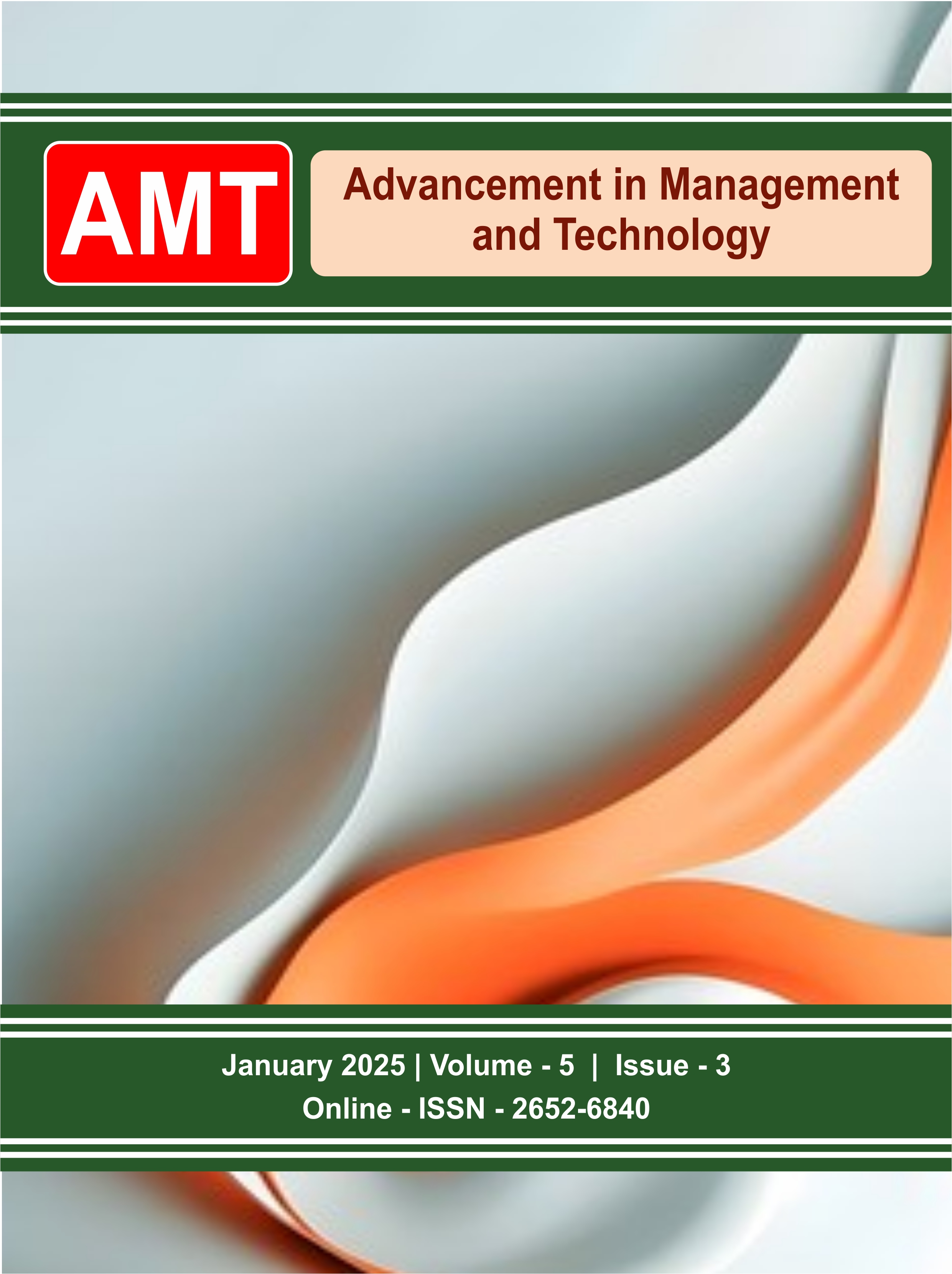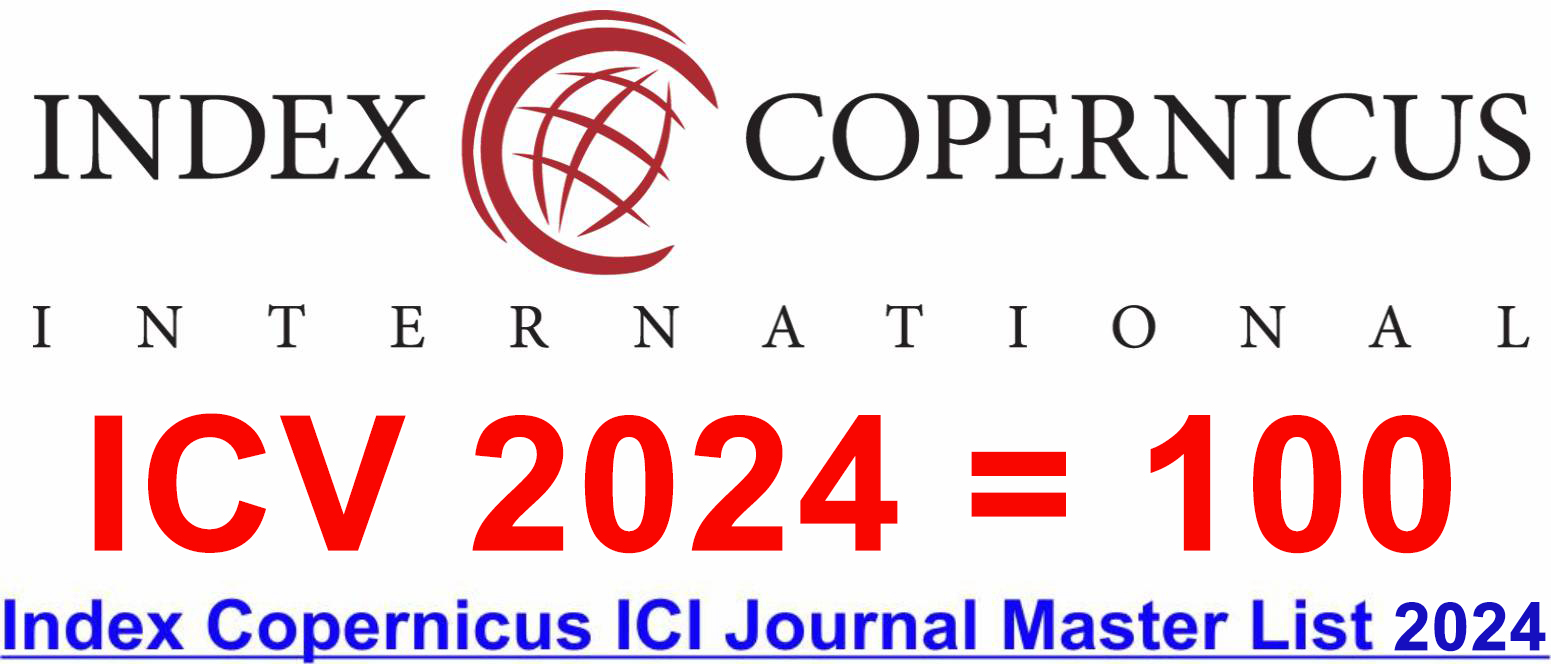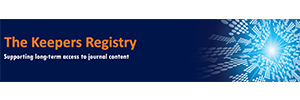Validity and Reliability Study of Teacher Competency Instruments
DOI:
https://doi.org/10.46977/amt.2025.v05i03.002Keywords:
Questionnaire, Reliability Test, Teacher Competency, Validity TestAbstract
Teacher competence is the key to success in the learning process. There are several teacher competencies, including pedagogical competency, personality competency, social competency, and professional competency. Therefore, a measuring tool is needed that can measure teacher competence, one of the measuring tools that can be used is a questionnaire. This research discusses analysing question items that will be used as instruments in assessing teacher competency. Analysis of the question items was carried out by testing validity and reliability. This test aims to determine the appropriateness of the question items, as well as whether they can be trusted and relied upon to be used as instruments in a study. This research used a quantitative approach with a development method with 51 elementary school teachers as respondents in Nagari Lubuk Basung, Agam Regency. To find out whether the statement is valid or not, the corrected item's total correlation value is > 0.30. In testing the validity of this research, 38 statements were valid. It is proven that all items in the statement have a corrected item-to-total correlation value > 0.30. Measuring the reliability value of research variables uses the Cronbach's alpha value method. A construct or variable is said to be reliable if it provides a Croanbach alpha value >0.60. Based on the output in this study, the Cronbach's Alpha value for each variable was > 0.70. So that each variable is declared reliable.
Downloads
References
Aidoo, B., Macdonald, A., Gyampoh, A. O., Baah, K. A., & Tsyawo, J. (2022). Factors influencing teachers' online teaching competence in higher education. Social Education Research, 148-160. https://doi.org/10.37256/ser.3120221315
Bancin, W. E., & Naibaho, D. (2024). Membangun kualitas pendidikan: Hubungan antara kompetensi kepribadian guru PAK dengan pembentukan karakter siswa [Building the quality of education: The relationship between the personality competencies of PAK teachers and the formation of student character]. Jurnal Penelitian Pendidikan Indonesia, 1(2), 218. https://doi.org/10.62017/jppi.v1i2.295
Beena, B. R., & Suresh, E. S. M. (2023). Competency evaluation using graduate attributes–a comparative study. Journal of Engineering Education Transformations, 36(Special Is), 202-206. https://doi.org/10.16920/jeet/2023/v36is2/23028
Benevene, P., De Stasio, S., & Fiorilli, C. (2020). Well-being of school teachers in their work environment. In Frontiers in Psychology, 11, 1239). Frontiers Media SA. https://doi.org/10.3389/fpsyg.2020.01239
Bernard, H. R. (1996). Qualitative data, quantitative analysis. CAM Journal, 8(1), 9–11. https://doi.org/10.1177/1525822X960080010401
Boström, L., & Bostedt, G. (2020). What about study motivation? Students and teachers’ perspectives on what affects study motivation. International Journal of Learning, Teaching and Educational Research, 19(8), 40–59. https://doi.org/10.26803/ijlter.19.8.3
Caena, F., & Redecker, C. (2019). Aligning teacher competence frameworks to 21st century challenges: The case for the European Digital Competence Framework for Educators (Digcompedu). European journal of education, 54(3), 356-369. https://doi.org/10.1111/ejed.12345
Channa, W. M., Almulla, M. O., Sahito, Z., Alismail, A. M., & Karlygash, S. (2025). Professional Competencies of English Language Teachers : A Literature Review. 15(1). https://doi.org/10.5430/wjel.v15n1p479
Cho, E., & Kim, S. (2015). Cronbach’s coefficient alpha: Well known but poorly understood. Organizational Research Methods, 18(2), 207–230. https://doi.org/10.1177/1094428114555994
Christine, M., Baxter., Cori, M., More., Tracy, G., Spies., Chyllis, E., S. (2021). Social competence of bilingual and monolingual native English speaking preschoolers: a comparison of parent and teacher perspectives. Early Child Development and Care, 191(4), 1–14. https://doi.org/10.1080/03004430.2019.1630830
Clark, L. A., & Watson, D. (2019). Constructing validity: New developments in creating objective measuring instruments. Psychological Assessment, 31(12), 1412–1427. https://doi.org/10.1037/pas0000626
Cohen, L., Manion, L., & Morrison, K. (2017). Validity and reliability. In Research Methods in Education (pp. 245–284). Routledge.
Day, C., Sammons, P., & Gorgen, K. (2020). Successful School Leadership. In Education Development Trust. ERIC. Reteieved from: https://eric.ed.gov/?id=ED614324 . Accessed on 12th Oct 2024.
Dirks, M. A. (2024). Social competence (W. Troop-Gordon & E. W. B. T.-E. of A. (Second E. Neblett (eds.); pp. 503–512). Academic Press. https://doi.org/10.1016/B978-0-323-96023-6.00077-4
Dul, J., & Hak, T. (2008). Case Study Methodology in Business Research (1st ed.). Elsevier Ltd.
Junge, C., Valkenburg, P. M., Deković, M., & Branje, S. (2020). The building blocks of social competence: Contributions of the Consortium of Individual Development. Developmental Cognitive Neuroscience, 45, 100861. https://doi.org/10.1016/J.DCN.2020.100861
Jurkic, A., Halliday, S. E., & Hascher, T. (2023). Early Childhood Research Quarterly The relationship of language and social competence of preschool- and kindergarten-age single and dual language learners in Switzerland and Germany. Early Childhood Research Quarterly, 64(January), 72–83. https://doi.org/10.1016/j.ecresq.2023.02.003
Kartowagiran, B., Hamdi, S., Jaedun, A., & Laliyo, L. A. (2020). European Journal of Educational Research. European Journal of Educational Research, 9(4), 1749-1763. https://doi.org/10.12973/eu-jer.9.4.1749
Kimberlin, C. L., & Winterstein, A. G. (2008). Validity and reliability of measurement instruments used in research. American journal of health-system pharmacy, 65(23), 2276-2284. https://doi.org/10.2146/ajhp070364
Kiymet, S. (2010). Teachers’ competencies. Cultura. International Journal of Philosophy of Culture and Axiology, 7(1), 167–175. Retrieved from: https://www.pdcnet.org/cultura/content/cultura_2010_0007_0001_0167_0175. Accessed on 12th Oct 2024.
Kizi, C. Z. T. (2022). Development of professional competence as an important task of the higher education process. Current Research Journal of Pedagogics, 3(09), 74-81. https://doi.org/10.37547/pedagogics-crjp-03-09-13
Koleva, N., & Stoyanova-Warner, M. (2018). 'A New Way for New Talents in Teaching'or the Impact of Targeted Recruitment, Rigorous Selection, Innovative Training, and Ongoing Professional Support on Beginner Teachers' Performance. Bulgarian Comparative Education Society.Retrieved from: https://eric.ed.gov/?id=ED586175. Accessed on 12th Oct 2024.
Kumar, R. (2018). Research methodology: A step-by-step guide for beginners. YKING BOOKS
Liebech-Lien, B. (2021). Teacher teams – A support or a barrier to practising cooperative learning? Teaching and Teacher Education, 106. https://doi.org/10.1016/j.tate.2021.103453
Ludwikowska, K. (2019). Teacher competence inventory: An empirical study on future-oriented competences of the teaching profession in higher education in India. Education+ Training, 61(9), 1123-1137. https://doi.org/10.1108/ET-12-2018-0266
Miller, M. J. (2012). Reliability and validity. Western International University, 1-3. Retrived from: https://posc3410.svmiller.com/reliable-valid/posc3410-lecture-reliable-valid.pdf . Accessed on 10th Oct 2024.
Mohamad, M. M., Sulaiman, N. L., Sern, L. C., & Salleh, K. M. (2015). Measuring the validity and reliability of research instruments. Procedia-Social and Behavioral Sciences, 204, 164–171. https://doi.org/10.1016/j.sbspro.2015.08.129
Muijs, D. (2010). Doing quantitative research in education with SPSS. Sage.
Myastkovska, M., & Kobylyanska, I. (2022). Педагогічна компетентність як необхідна складова професійної компетентності майбутніх фахівців технічних спеціальностей [Pedagogical competence as a necessary component of professional competence of future specialists in technical specialties]. Pedagogy of safety , 7 (1-2), 30-35. https://doi.org/10.31649/2524-1079-2022-7-1-030-035
Nunnally, J. C., & Bernstein, I. (1978). Psychometric theory (2nd Edition). In Intentar embellecer nuestras ciudades y también las. MacGraw-Hill.
Pallant, J. (2013). SPSS Survival Manual. A Step by Step Guide to Data Analysis Using IBM SPSS. Open University Press.
Pereira, T., Amaral, A., & Mendes, I. (2022). A competency definition based on the knowledge, skills, and human dispositions constructs. In International Conference on Internet of Everything (pp. 29-38). Cham: Springer Nature Switzerland. https://doi.org/10.1007/978-3-031-25222-8_3
Popova, A., Evans, D. K., Breeding, M. E., & Arancibia, V. (2022). Teacher professional development around the world: The gap between evidence and practice. The World Bank Research Observer, 37(1), 107–136. https://doi.org/10.1093/wbro/lkab006
Robertson, I. T., & Kinder, A. (1993). Personality and job competences: The criterion‐related validity of some personality variables. Journal of Occupational and Organizational Psychology, 66(3), 225–244. https://doi.org/10.1111/j.2044-8325.1993.tb00534.x
Sagala, S. (2010). Supervisi Pembelajaran dalam profesi pendidikan. Alfabeta.
Salmond, S. S. (2008). Evaluating the reliability and validity of measurement instruments. Orthopaedic Nursing, 27(1), 28–30. https://doi.org/10.1097/01.NOR.0000310608.00743.54
Sancar, R., Atal, D., & Deryakulu, D. (2021). A new framework for teachers’ professional development. Teaching and Teacher Education, 101. https://doi.org/10.1016/j.tate.2021.103305
Saunders, M.N.K., Lewis, P., & Thornhill, A. (2019). Research Methods for Business Students. In Synthese (8th ed.), pp. 1–867. Pearson. Retrieved from: https://www.slideshare.net/slideshow/research-methods-for-business-studentspearson-education-2019pdf/253605104. Accessed on 2nd Oct 2024.
Sekaran, U. (2016). Research Methods for Business: A Skill Building Approach. John Wiley & Sons.
Selkrig, M., & Keamy, K. (2017). Creative pedagogy: a case for teachers’ creative learning being at the centre. Teaching Education, 28(3), 317–332. https://doi.org/10.1080/10476210.2017.1296829
Shenk, J. S., & Westerhaus, M. O. (1991). Population definition, sample selection, and calibration procedures for near infrared reflectance spectroscopy. In Crop science, 31(2). Wiley Online Library. https://doi.org/10.2135/cropsci1991.0011183X003100020049x
Ștefӑnicӑ, F., Abele, S., Walker, F., & Nickolaus, R. (2017). Modeling, Measurement, and Development of Professional Competence in Industrial-Technical Professions BT - Competence-based Vocational and Professional Education: Bridging the Worlds of Work and Education (M. Mulder (ed.); pp. 843–861). Springer International Publishing. https://doi.org/10.1007/978-3-319-41713-4_39
Tirado, L. J., Estrada, J., Ortiz, R., Solano, H., González, J., Alfonso, D., Restrepo, G., & Felipe, J. (2007). Competencias profesionales : una estrategia para el desempeño exitoso de los ingenieros industriales [Professional competencies: A strategy for successful performance of industrial engineers]. Revista Facultad de Ingeniería, 4(123–139), 123–139. https://www.doi.org/10.17533/udea.redin.20154
Toropova, A., Myrberg, E., & Johansson, S. (2021). Teacher job satisfaction: the importance of school working conditions and teacher characteristics. Educational Review, 73(1), 71–97. https://doi.org/10.1080/00131911.2019.1705247
Turlybekov, B. (2024). Development of professional-pedagogical competence in future English language teachers. International Journal of Innovative Research and Scientific Studies, 7(March 2021), 1009–1016. https://doi.org/10.53894/ijirss.v7i3.3009
Zhang, X., Admiraal, W., & Saab, N. (2021). Teachers’ motivation to participate in continuous professional development: relationship with factors at the personal and school level. Journal of Education for Teaching, 47(5), 714–731. https://doi.org/10.1080/02607476.2021.1942804
Zohrabi, M. (2013). Mixed method research: Instruments, validity, reliability and reporting findings. Theory and Practice in Language Studies, 3(2), 254–262. https://doi.org/10.4304/tpls.3.2.254-262
Published
How to Cite
Issue
Section
Copyright (c) 2025 Advancement in Management and Technology (AMT)

This work is licensed under a Creative Commons Attribution-NonCommercial 4.0 International License.
















